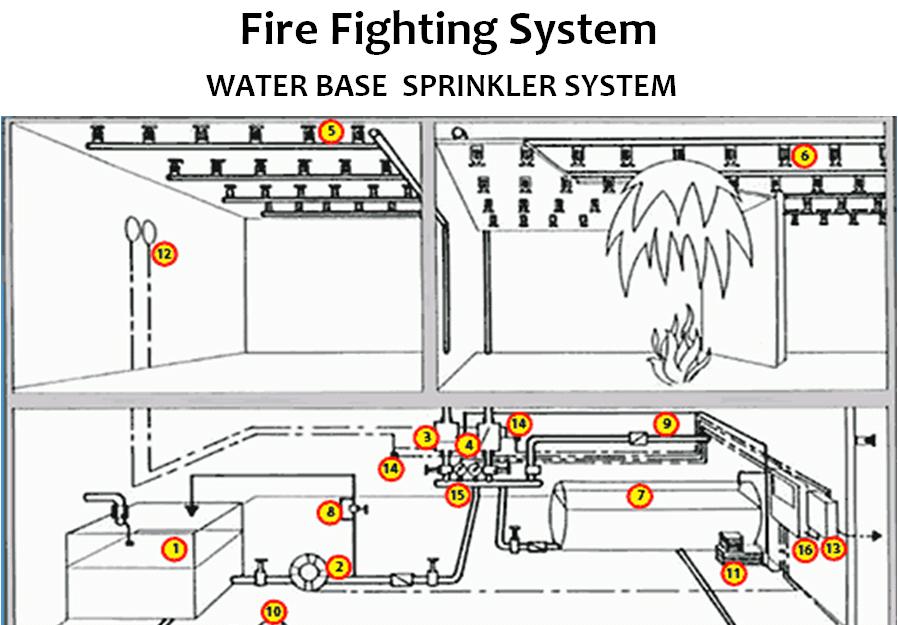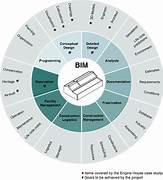Introduction
Safety and accuracy remain the core concerns within electrical engineering. The Meggers constitutes an essential instrument that serves multiple functions for both scenarios. People in the field solve the question of electrical safety by using Meggers. Issues detectable by this tool can result in electrical shock dangers, as well as short circuits and fire risks, when neglected.
The following guide explains Megger to readers, starting from its operating principles and continuing through its different varieties and foundational significance.

What is a Megger, and Why is It Used?
The Megger device functions specifically to examine resistance both in wires and electrical equipment. Resistance is an indicator of how effectively electrical components resist the escape of electricity. The damage leads to dangerous safety risks, which include electric shocks together with equipment failures.
The most essential duty of a Megger device involves testing the strength of electrical insulation. A high voltage and a low current level pass through insulation before the device measures resistance output. Resistance levels directly determine the insulation quality.
Meggers is commonly used to:
- Test motors and generators.
- Check power cables.
- Inspect transformers and switchgear.
- Electrical failures in homes and industries are prevented through their work.
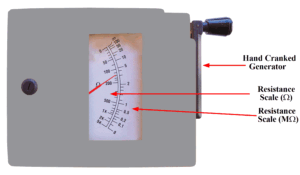
How Does a Megger Work?
The Meggers device uses Ohm’s Law principles to determine voltage-current-resistance relationships during its operational process. The insulation testing mechanism consists of generating high DC voltage between 250 V and 1000 V before sending it through testing materials. The voltage generated does not damage the tested device, yet it provides enough power to identify insulation problems.
An excellent insulation condition will make the Megger indicate high resistance in the range of mega-ohms (MΩ) because the insulation successfully blocks current passage. The sensor detects higher current flow through defective insulation, because of which it generates a lower resistance reading.
Example:
A functional cable insulation should yield results exceeding 200 MΩ when tested with a Megger. The device reading of less than 1 MΩ indicates a danger potential when examining damaged cables.
Types of Megger Devices
Depending on how the test voltage is generated, Meggers devices come in different types. Each type has its use depending on the environment and power source available.
-
Hand-Cranked Megger:
Manual operation of a handle creates the necessary voltage in this device type. The device performs without power connections or electric supply needs. The equipment finds its primary application in distant locations.
-
Electronic or Digital Megger:
A battery-powered design makes this tool highly user-friendly. Users get screen-based readings while the device may include optional features, including memory storage and auto-ranging.
-
Motor-Driven Megger:
The type suitable for industrial applications operates through electric motor power to supply high voltage while providing repeated testing capabilities.
The goal of all Megger devices is insulation resistance measurement, while their selection depends on user requirements.
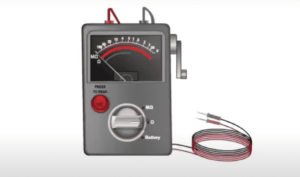
A Brief History of the Megger
British electrical engineer Sydney Evershed created the Meggers in 1889. The introduction of electrical systems during that period motivated safety concerns. Using hand-cranked operation, the original Megger device became available in 1889, yet its fundamental approach continues to persist in the modern instruments.
Modern Megger designs have become small while providing precise measurement capabilities and user-friendly operation, but their core objective remains the same, which is safeguarding people along with equipment from electrical risks.
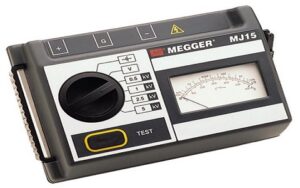
Conclusion
Anyone engaged in electrical work must have a Meggers tool due to its indispensable role. The Megger enables testing of insulation while helping to avoid accidents for the maintenance of safe equipment operation. Mastering the operation of a Megger, either with digital or hand-crank functions, creates valuable competence for professionals dealing with the electricity field.
Using a Megger strictly for electrical tasks becomes imperative because every electrical system needs its testing capabilities. Small preventive tests made today will eliminate major issues from developing tomorrow.
FAQs
- What is the main purpose of a Megger?
Testing electrical devices for resistance with the Megger device helps verify both operational safety and performance quality. - Can a Meggers damage the equipment being tested?
The purpose of Meggers is to provide testing voltages that avoid equipment damage during diagnostic procedures. - What resistance value is considered good in a Megger test?
The outcome of 100 MΩ and higher indicates a good measurement, with equipment factors affecting the result. - When should Megger testing be done?
Before installation, after maintenance, or during routine inspections. - Is a digital Meggers better than a manual one?
Digital Meggers provide greater accuracy and better usability, together with additional features.
Expand your knowledge today! Read our next blog post here!




